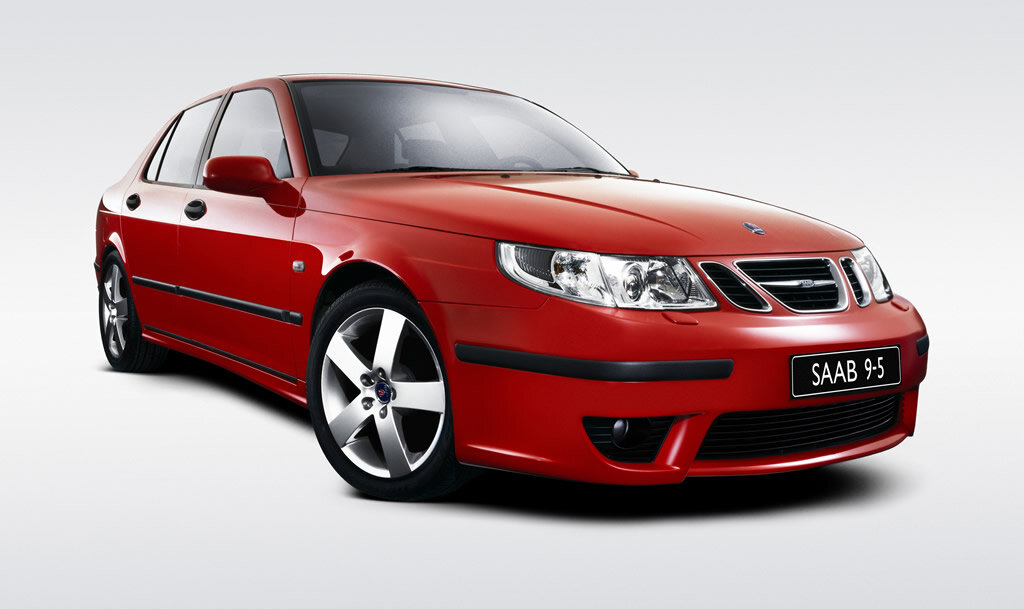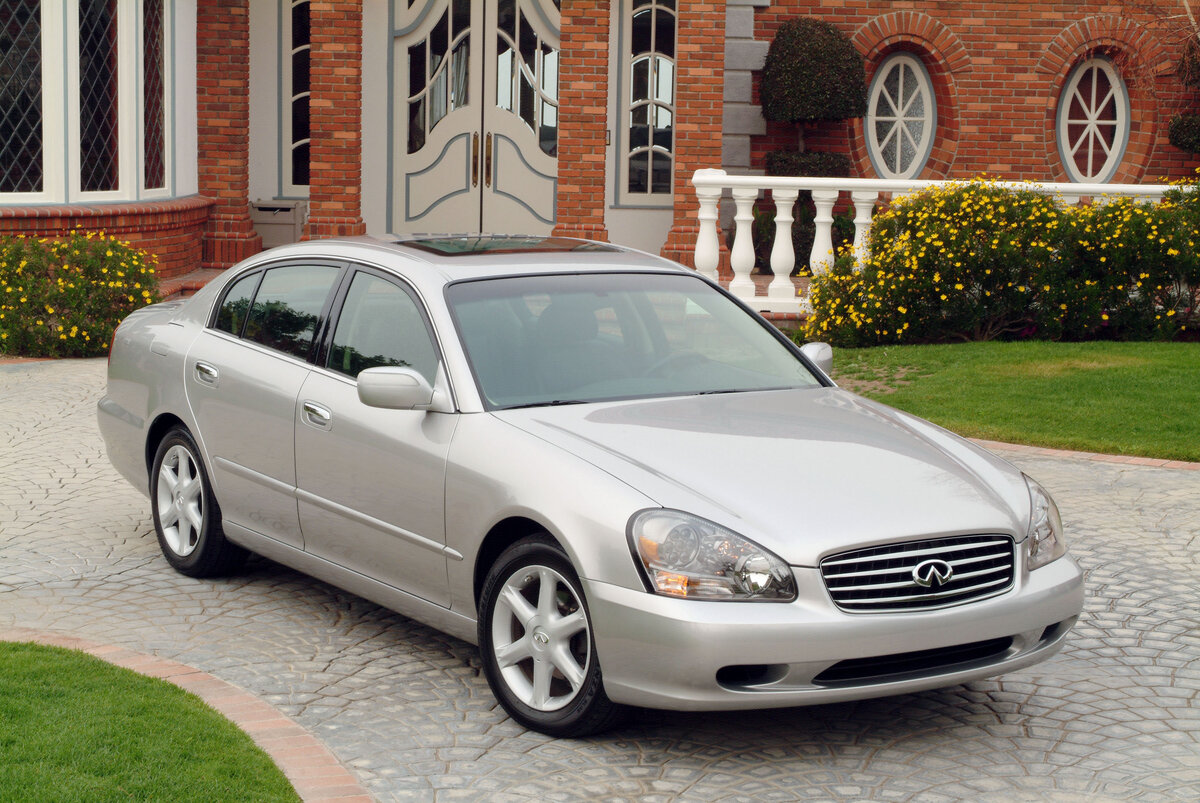Will Hyundai-Kia’s Genesis premium car brand succeed?
Toyota did it with Lexus; Nissan crashed and burned with Infiniti. What trajectory is Hyundai-Kia on with Genesis?
Hyundai/Kia’s luxury brand Genesis has entered the cutthroat world of high-brow motoring, sailing its ship into international waters with the big names: Lexus, BMW, Audi, and of course, the Bismarck-class Mercedes-Benz.
This report is inspired by you - if your name is Damon McCarthy - and we’re going to break his question down into three component parts.
What are your thoughts on Hyundai/Kia trying to re-launch their Genesis flagship brand in Australia, particularly considering the sales disaster that Infiniti turned out to be for Nissan?
Yeah, that’s quite a good question. Infiniti; the cursed spawn of Nissan, more recently the ‘Hindenburg’ of upstart premium sub-brands, was always a way too ambitious project for those Nissan chumps. I would not trust them with a chook raffle.
And yet, Infiniti is not the worst such example. Senior executive arseholes at GM procured 50 per cent of Saab back in 1989, and acquired the other half in 2000 - and the stated objective was to turn Saab into GM’s Mercedes-Benz.
In hindsight, that went about as well as expected (thanks largely to cheapening the brand by cutting R&D costs). GM has a habit of destroying everything it touches, including its own ‘investments’.
And then, on the other hand, you’ve got Lexus, which kicked off as a ‘Skunkworks’-type project in some super-secret Toyota cone of silence, in 1983.
That’s 37 years ago.
Six years after that - and one billion Greenbacks already in the red - in 1989 the first Lexus LS400 rolled out of the blocks. 31 years ago.
This is what it takes to have a proper crack at Mercedes-Benz. And that’s what they’re all doing. They might bullshit you on this: ‘We don’t care about the three-pronged suppository. We’re running our own race.” Bullshit. If you’re Lexus, or Genesis, you are by definition taking on the big, fat Daimler headline act itself.
It takes billions of dollars and decades to do this. Because it’s (let’s be kind) ambitious. Convincing the wealthy to buy an allegedly prestige car from a mainstream carmaker - with no ‘premium’ runs on the board.
It’s a long-term project, and there are plenty of ways to fail.
“When you strike at a king, you must kill him”
Borrowing the words of Ralph Waldo Emerson, Genesis is taking a shot at the luxury car king, Mercedes-Benz.
Here in Australia, after three decades of brand development, Lexus reported sold/registered just under 10,000 cars in 2019.
The highly aspirational Mercedes-Benz managed 32,000 sales/registrations. Bavarian Money Wasters, 23,000, and Audi, 16,000.
So, the Germans in total: about 70,000 sales. The Lexus upstart, about 10,000. Lexus has therefore claimed about 12 per cent of the ‘wealthy wanker’ new car space, after three decades and billions in investment. In the same time Infiniti has crashed, burned and failed to piss on itself to extinguish the blaze, inauspiciously.
There is the 21st Century ‘upstart premium’ success and failure spectrum: if Genesis is to succeed, it may be a Lexus rival in a decade or more, but the Germans are likely still to be occupying the high ground. You’ve got to remember that Genesis did not exist until November 4, 2015 - that’s just over four years ago. So, it’s still a kid.
Its success or failure depends on Hyundai-Kia’s long-term commitment to making like Lexus. This all hinges on boardroom consistency. They have to commit now, in Seoul, to burning a shitload of cash for the next 15 years. The ROI is well over the horizon, which is hard to swallow, often, in the corporate world. But they’ve got the cash.
Third-row problems
Mr McCarthy’s correspondence continues.
Having seven seats is increasingly necessary with kids that want to bring their friends along, so I’ve been interested in initial GV80 Genesis SUV reviews out of South Korea, due in Australia in the middle of the year.
Some friends recently bought a Hyundai Santa Fe and cannot speak highly enough of it, however access to the third row of seats is very awkward.
I imagine that the Kia Sorento would suffer from the same third row access issues as the Santa Fe.
Back to Genesis succeeding or not in just a sec. SUV practicality now.
Santa Fe is pretty upmarket for ‘mainstream’. Sorento is ageing now and moving to a new platform in June, and that’s going to add 35mm to the wheelbase, which translates directly to passenger space. Doubtless Santa Fe will segue over to the new platform ASAP - I don’t know precisely when.
New powertrains coming, too, including a hybrid, apparently. But I’m not sure how quickly Hyundai will adopt them into Santa Fe, and what the context of that adoption will be - whether it’s going to be an all-new Santa Fe or just a facelift. That’s all in the pending tray.
However, the problem for row three access on all seven-seat SUVs (even prestige ones) is fundamental vehicle configuration. Four doors and a tailgate means the second-row doors have to be forward of the rear wheels. Therefore, you will always have to move a row-two seat out of the way, to get to row three. No matter how notionally luxurious the vehicle. And that kinda sucks if you do it a lot.
Or you could just suck it up and buy a Kia Carnival, which is notionally an eight-seater, not an SUV. In a Carnival the middle seat of row two is designed to be easily un-clipped and removed by the owner. (You store it in your garage, or something.) Then, you can open the big, sliding row two doors, climb aboard and just walk between the outboard row two seats to get to row three, without any gymnastic twist and pike.
That’s pretty clever - because you can leave any child restraints in row two in place, without compromising row three access. In a seven seat SUV, you generally have to remove the kerbside child restraint, flip the row two seat, usher the row three passengers aboard, re-flip the seat, and re-fit the restraint. Which is hardly elegant, or efficient, or quick. It’s actually a pretty good good pre-workout whole-body warm-up.
So, the solution to the row three ‘access’ problem in SUVs is: buy a friggin’ people mover. Which is a bitter pill for a rich breeder to swallow, typically. I can tell Damon here doesn’t want to swallow it.
Fault finding
I don’t know that we’ll see a Genesis people mover any time soon; probably not - the terms ‘luxury’ and ‘people mover’ don’t exactly coexist peacefully, despite a Kia Carnival Platinum does a pretty good job actually being one.
The Genesis models that have been released to date seem to be getting very favourable reviews and comparisons are being made with much more expensive Euro brands, but Australians are very attached to their status symbols, which is where Genesis might struggle to make any inroads into our market.
Yeah - quite. Genesis recently bitch-slapped Mercedes-Benz, Lexus and everyone else by winning the JD Power 2020 Vehicle Dependability Study in the US - which is the Genesis ‘make or break’ market. Like most.
This study tracks the number of faults per 100 vehicles during the past 12 months, by original owners of three-year-old vehicles. Genesis topped the field with 89 - that’s 34 per cent ahead of the industry average. Lexus came second, on 100. BMW scored okay with 123.
Industry average: 134. Audi: 136 - which is pretty shit, when you consider what they purport to be. ‘Buy an Audi today - we’re only slightly below average on dependability…’ I’d love to see truth-in-advertising.
Audi was substantially better than Mercedes, however, on 152. Engineered like no other shitbox. That result, frankly, in comparison to that brand’s grandiose claims, is almost worthy of a seat on the ‘special bus’.
But it was Land Rover which took pole position there, happily - proving once again the green oval really is number one in ‘number twos’ with a JD Power faults per 100 score of 220, narrowly edging out shitheap superstars Chrysler, Jaguar and Volvo, which were almost (but not quite) as crap at being dependable. No surprises there, really.
Two points about this for context: One - a similar Australian dependability study does not exist because senior executive arseholes here behave like a cartel and decline to release the data on faults publicly. They share it among each other on condition of confidentiality - but they don’t want you to know.
Two - ‘faults’. They’re not all equal, obviously. I think you’d agree that a broken conrod that punches a fist-sized hole in an engine block is a somewhat bigger deal than a window that squeaks and gets fixed with some silicone spray. The JD Power survey doesn’t differentiate between relative fault severity.
Still, on objective grounds, Genesis appears to be doing quite well. Unfortunately, though, success here is not really about dependability. The Suppository is in the bottom third of the field for dependability, and yet it remains a rockstar of rich wanker aspiration.



















The MG ZS is a small SUV that offers such strong value to most buyers that it should be on your shortlist be default, even when shopping for a used car. But given that no car is perfect, the price could easily distract from its drawbacks.